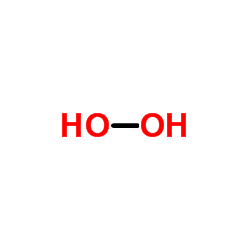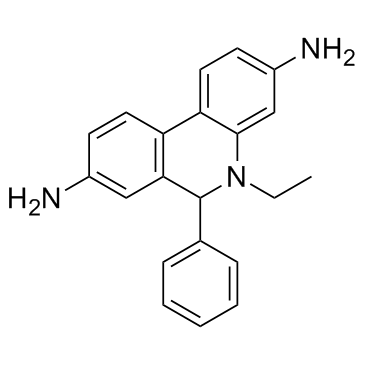| Structure | Name/CAS No. | Articles |
|---|---|---|
 |
Glycerol
CAS:56-81-5 |
|
 |
Ethanol
CAS:64-17-5 |
|
 |
Hydrogen peroxide
CAS:7722-84-1 |
|
 |
Dihydrorhodamine 123
CAS:109244-58-8 |
|
 |
Dihydroethidium
CAS:104821-25-2 |